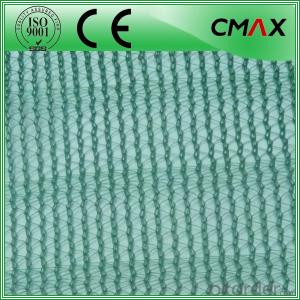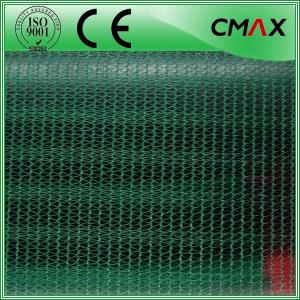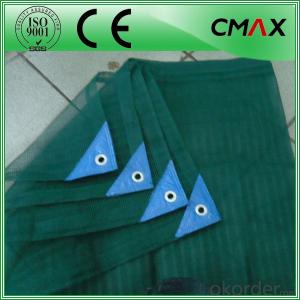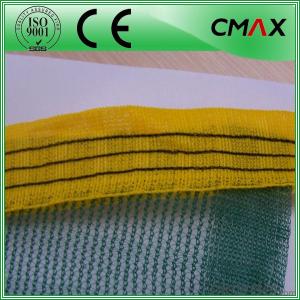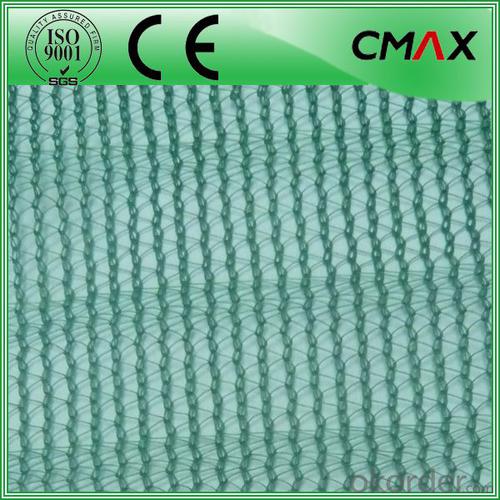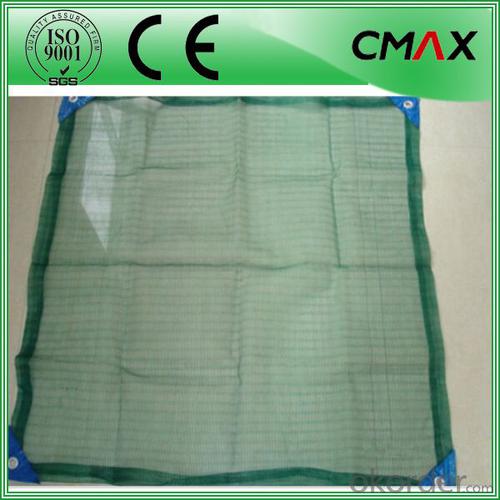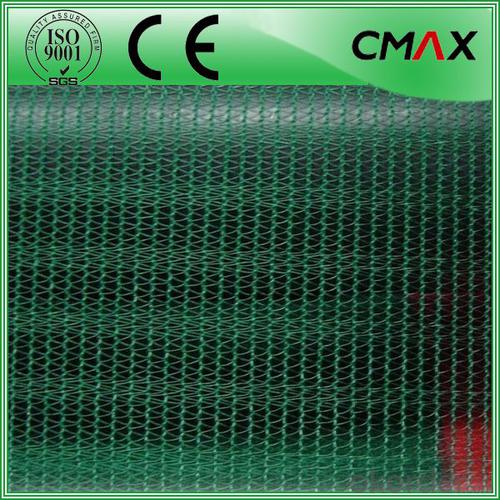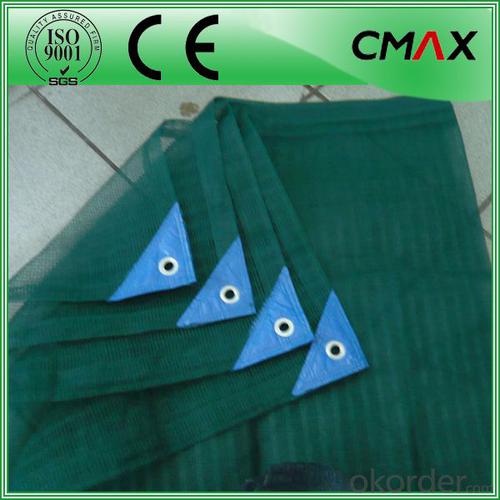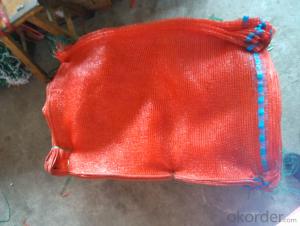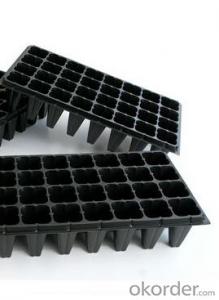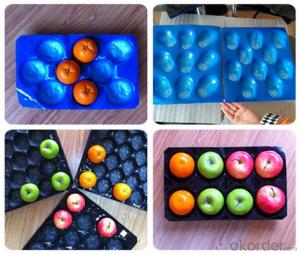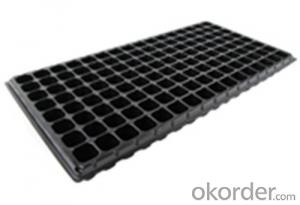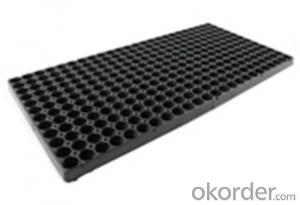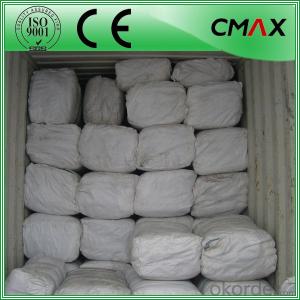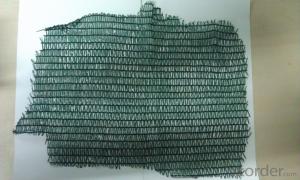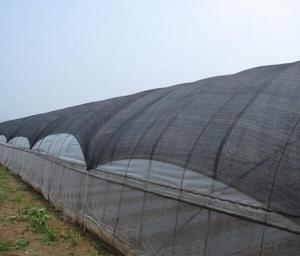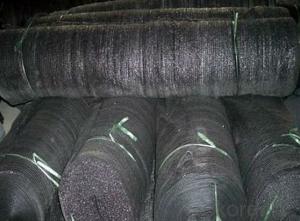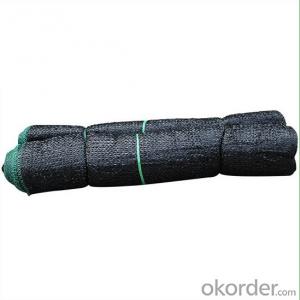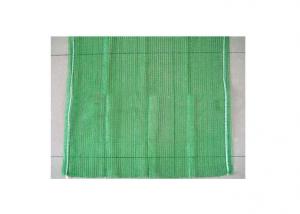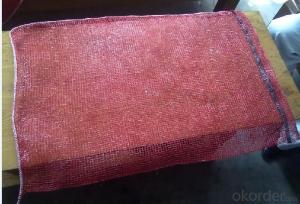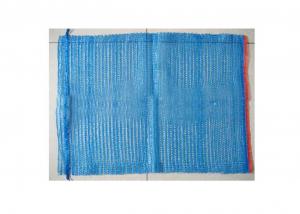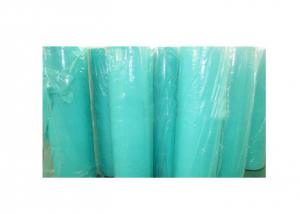Shady Net/Olive Net,/Building Net Olive Net Tree
- Loading Port:
- Wenzhou
- Payment Terms:
- TT OR LC
- Min Order Qty:
- 100 m²
- Supply Capability:
- 1000000 m²/month
OKorder Service Pledge
OKorder Financial Service
You Might Also Like
Shady Net/Olive Net,/Building Net Olive Net Tree
Production Description:
These nets are entirely made of UV stabilised polyethylene monofilament. The nets available have various kind of meshes in order to optimise the different harvesting methods of olives and fruits. Every net is suitable for a different application such as natural falling harvesting, hand harvesting or mechanised harvesting. The nets are available in different weights and colours and can be supplied in rolls or in sheets already stitched together with or without central vent.Olive collection net are used not only for the olive harvest, but also to gather chestnuts, nuts and deciduous fruits in general.
Produced with HDPE virgin material
UV stabilized - Long life
For Food : non-toxic, responsive to current European legislation on packaging for food.
Guarantee 5 years
Green&Black 50g/m2
Farmer used the net to gain olive from tree.
Specification:
| Type | CMAX-Olive Net |
| Weight | 33-200 gsm |
| Color | Black, Green, Dark Green, etc |
| Width,Length | 1-6m, 50m,100m as your requirements |
| Raw material | 100% Virgin HDPE with U.V Stabilized and irganox |
| Using life | At least 4 years |
| Delivery time | 30 days after deposit |
| Specification | construction(/inch) Warp=3, Weft=4.5, Br.Str.(kg) ,Warp=10, Weft=2 ,Screening factor(%) :10% |
| Packing | rolls with PVC suare tube(5×5cm)/double folded/PE Stretch film/label |
| OEM | If you have your own packing design,we can quickly meet your requirments. |
Application:

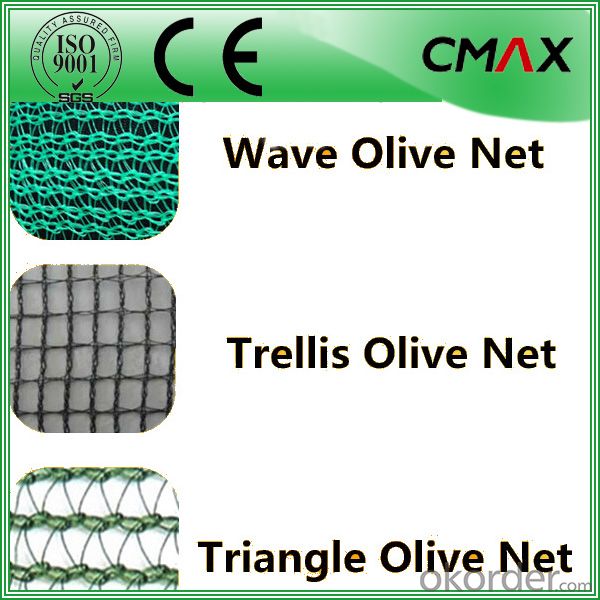
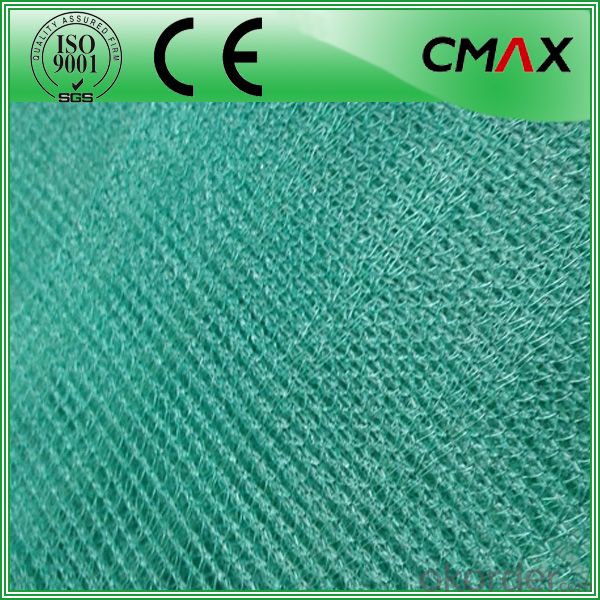
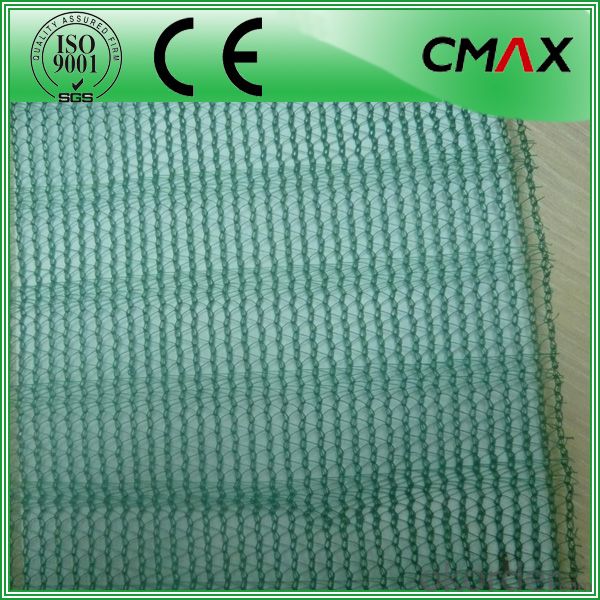
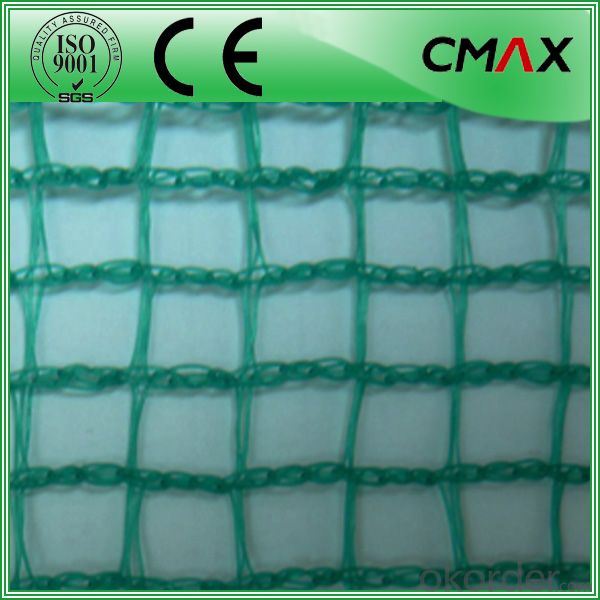
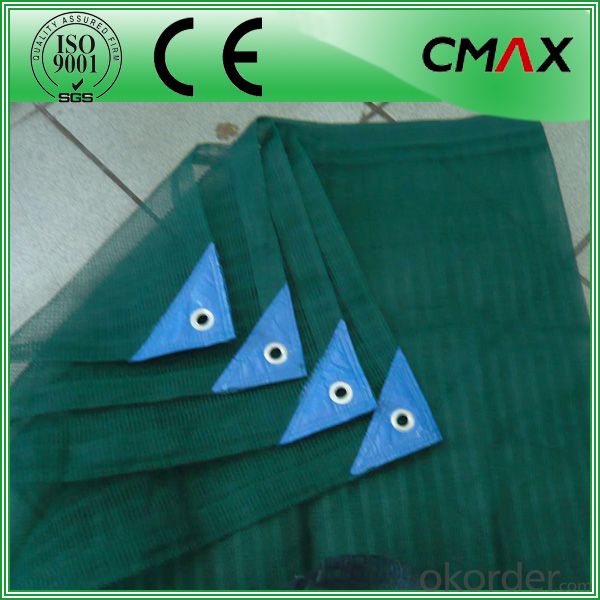
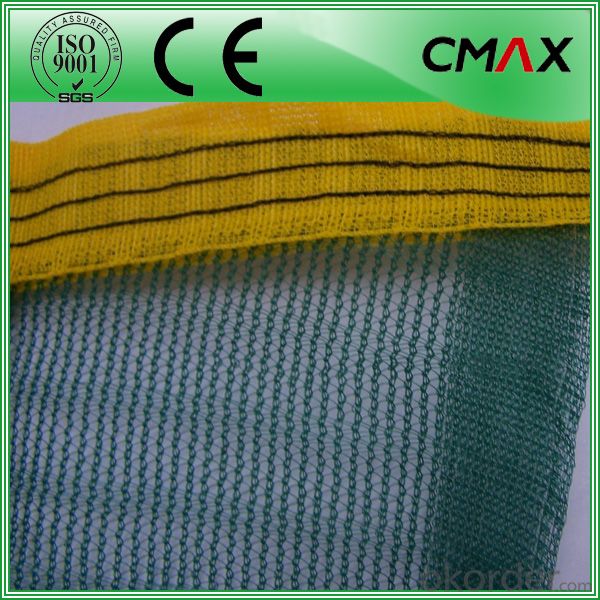

Process:

Shipping&Packing:
Delivery Time: 20 Working Days After Confirmed P.O.
Packaging: Each piece packed in plastic bag, and several pieces per bale with PP woven bag outside, or in rolls with inner paper tube with plastic bag outside.
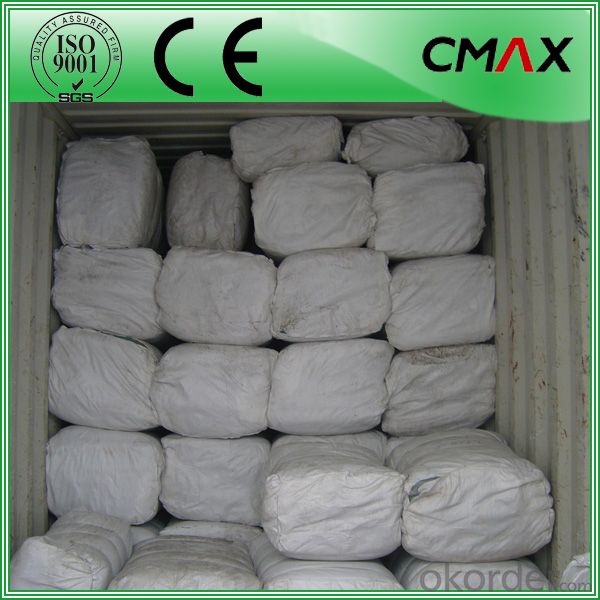
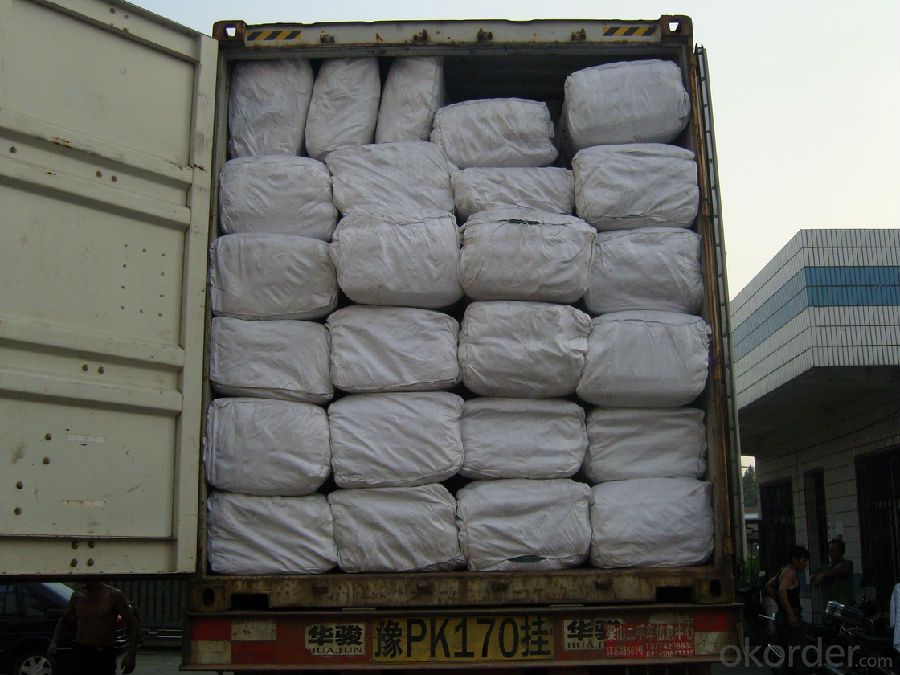
FAQ:
1.Q:Where is your factory located? How can I visit there?
A:Our factory is located in Shanghai, China. You can take flight to Shanghai Hongqiao airport, and 25 mins reach to our factory.
2.Q:What is the material of your products?
A: We use the raw material of High Density Polyethylene (HDPE) with UV Stabilized & Igranox to make our netting
3.Q:How does your factory do regarding quality control?
A: we are very proud to let you know that , We use the best raw material , have at least 5years experienced workers,
the advanced machine and specialized team to assure the quality
We perform Quality Control inspections on 100% of our products.
Our inspection standards are strictly in accordance with the ISO9001 certification system.
- Q: Are nursery trays suitable for starting herbaceous perennials?
- Yes, nursery trays are suitable for starting herbaceous perennials. These trays provide a controlled environment for seed germination and young plant growth, allowing for easy monitoring and care. The individual cells in the trays also help prevent root tangling, promoting healthy root development. Additionally, nursery trays offer the convenience of easy transplanting when the perennial plants are ready to be moved to their permanent locations.
- Q: How does ground cover impact the overall soil nutrient cycling?
- Ground cover plays a significant role in soil nutrient cycling as it helps to improve soil fertility and nutrient availability. By covering the soil surface, ground cover plants protect the soil from erosion and excessive evaporation, which helps to retain essential nutrients in the soil. Additionally, ground cover plants, such as legumes, have the ability to fix nitrogen from the atmosphere and convert it into a usable form for other plants, increasing soil nitrogen levels. Furthermore, ground cover plants also contribute to organic matter accumulation through the deposition of leaves and other plant debris, which enhances nutrient cycling and soil structure. Overall, ground cover plays a crucial role in maintaining and enhancing soil nutrient levels, benefiting the overall health and productivity of the ecosystem.
- Q: Can agricultural plastic be used in hydroponics?
- Yes, agricultural plastic can be used in hydroponics. Agricultural plastic, such as polyethylene or PVC, can be utilized to construct various hydroponic systems like grow beds, channels, or pipes. These plastics are durable, resistant to water and chemicals, and can effectively hold and transport nutrient-rich solutions required for hydroponic cultivation. Additionally, using agricultural plastic in hydroponics helps prevent water loss, avoids soil-borne diseases, and allows for better control over the growing environment.
- Q: How are plastic greenhouse covers used in agriculture?
- Plastic greenhouse covers are used in agriculture to create controlled environments for plant growth. These covers are placed over the greenhouse structure to trap heat and create a warm and humid environment, which is ideal for growing plants. They also act as a barrier against pests, harsh weather conditions, and excessive sunlight, providing protection to the crops. Additionally, plastic greenhouse covers allow farmers to extend the growing season, cultivate plants that are not native to the region, and increase overall crop yield and quality.
- Q: How do agricultural plastic products help in preventing soil erosion?
- Agricultural plastic products, such as plastic mulch and erosion control blankets, help prevent soil erosion by providing a protective barrier against wind and water erosion. These products create a physical barrier that shields the soil from the impact of heavy rain, wind, and other natural elements, reducing the risk of soil erosion. Additionally, plastic mulch helps retain moisture in the soil, promoting plant growth and further preventing erosion.
- Q: Do nursery trays come with a fertilizer dispenser?
- No, nursery trays typically do not come with a fertilizer dispenser.
- Q: This question asks about the methods employed by farmers to recycle their used agricultural plastic products.
- <p>Farmers recycle their used agricultural plastic products through several methods. One common approach is mechanical recycling, where the plastic is collected, cleaned, and processed into new plastic products. Some regions have established collection programs where farmers bring their used plastic to recycling centers. Composting is another method, although it's limited to certain types of biodegradable plastics. Pyrolysis, which involves breaking down plastics into basic molecules to produce fuel or new plastic, is also used. Additionally, some farmers use plastic mulch to suppress weeds and retain soil moisture, and after use, these mulches are collected and recycled. Proper disposal and recycling not only reduce environmental pollution but also conserve resources by reusing materials.</p>
- Q: Can nursery trays be used for starting ground mosses?
- Yes, nursery trays can be used for starting ground mosses. The trays provide a controlled environment for the mosses to grow, allowing for easy monitoring and management of moisture levels. Additionally, the trays can help prevent the mosses from spreading too much and can be easily moved or transplanted when needed.
- Q: How do you prevent soil compaction in nursery trays?
- To prevent soil compaction in nursery trays, it is important to handle and manipulate the trays with care. Avoid applying excessive pressure or force while planting or transplanting seedlings. Additionally, using well-draining soil mixes can help prevent compaction. Regularly aerating the soil by gently loosening it with a fork or stick can also promote healthy root growth and prevent compaction. Finally, avoiding overwatering and ensuring proper drainage in the trays can further reduce the risk of soil compaction.
- Q: What are some ground cover options for areas with alkaline soil?
- Some ground cover options for areas with alkaline soil include creeping thyme, ice plant, sedum, yarrow, and lamb's ear.
Send your message to us
Shady Net/Olive Net,/Building Net Olive Net Tree
- Loading Port:
- Wenzhou
- Payment Terms:
- TT OR LC
- Min Order Qty:
- 100 m²
- Supply Capability:
- 1000000 m²/month
OKorder Service Pledge
OKorder Financial Service
Similar products
Hot products
Hot Searches
Related keywords
